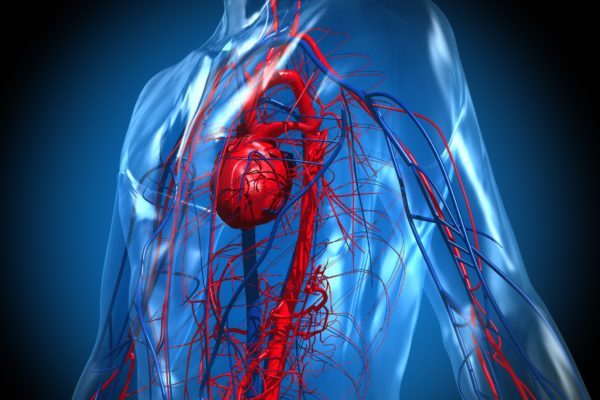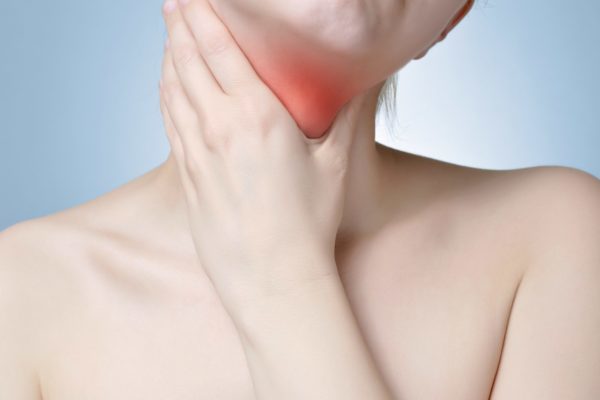Rosai-Dorfman disease (RDD) also known as benign histiocytosis, or sinus histiocytosis with massive lymphadenopathy, is an extremely rare disorder which affects the lymph nodes in the neck. In one third of patient’s, the central nervous system, the eyes, the upper respiratory tract, and the skin are also affected.
RDD is characterized by abundant non-Langerhans sinus histiocytes in the lymph nodes. Non-Langerhans sinus histiocytes are a specific type of white blood cells. Often, the first symptom of the disease is swollen lymph nodes in the neck. After several years, the non-Langerhans sinus histiocytes may spread throughout the body, described as extranodal, meaning outside of the lymph nodes, e.g. the skin, central nervous system, the kidneys, and the gastrointestinal tract, where they can cause organ failure. Symptoms can vary and dependent on the site of accumulation of the histiocytes.
In 1969, Juan Rosai and Ronald Dorfman were the first to describe the disease. RDD is most common in children and young adults. Eighty percent of the patients is under the age of 20, and two third is younger than 10 years. There is evidence that more women than men are affected by this disease.
Exact numbers about patients with Rosai-Dorman disease are lacking, because the disease is extremely rare. RDD is generally not life threatening, therefore most patients do not need treatment. The course of the disease is however hard to predict. The lack of an established treatment guideline is the reason why the follow-up of patients is deficient. So far, there is no evidence for a transition to a malignant disease. Patients can die due to organ failure. Especially patients whose kidneys are affected, have a poor prognosis.
Symptoms will vary, depending on where the accumulation of histiocytes occurs. Systemic symptoms can include fever, weight loss, joint pain and night sweats. Swollen lymph nodes of the head and neck are common in Rosai-Dorfman disease, although lymph node enlargement (lymphadenopathy) can occur in axillary, inguinal and mediastinal lymph nodes as well. Accumulation of histiocytes can also occur in other regions of the body, such as the skin, nasal cavity, soft tissue, eyelids, bone, salivary glands and the central nervous system.
Although the exact cause of Rosai-Dorfman disease is unknown, possible causes include infection with Klebsiella, polyomaviridae, Epstein-Barr virus, parvovirus B19 and human herpesvirus 6. An altered immune response has also been observed in clinical research, in which monocytes, a type of white blood cell, were recruited to inflammatory lesions to release cytokines that lead to an increase in histiocytes.
Diagnosis is made primarily through a biopsy of the affected tissue, which is then examined under microscope for the presence of histiocytes.
Rosai-Dorfman disease can spontaneously resolve, sometimes lasting between a few months and a few years. As a result of the nature of this disease, where possible, continuous observation without treatment is warranted. Treatment of the condition is focused on the specific symptom at hand.
Surgical intervention may be required to remove to histiocytic lesion. In very serious cases, chemotherapy, radiotherapy and the use of drugs such as prednisone and alfa-interferon may be required. In the event of this treatment’s failure, the aim of treatment then becomes supportive, rather than curative.




